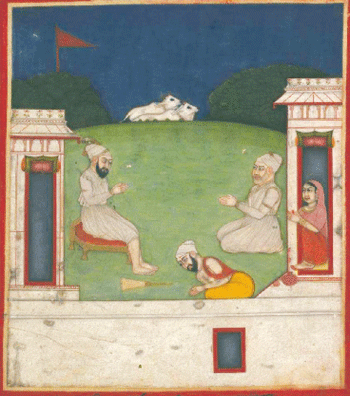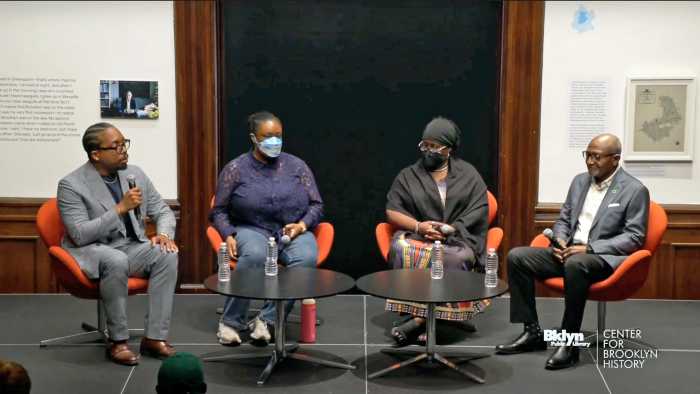Sikh art reveals a rich history and friendly culture
We find ourselves so consumed with modernity and post-modernism that we sometimes forget the value of historical discourse. Of course, knowing historical events are important in order to understand the unraveling of the world we live in, and knowing historical figures are important in order to impress friends. But what about art? Scholars and critics come across historical objects and early art as part of their profession, but rarely does the public flock to such displays if it isn’t impressionism, surrealism, or any other style exported from Europe. “I See No Stranger: Early Sikh Art and Devotion,” an exhibition currently running at the Rubin Museum of Art, is a unique opportunity to take a break from the overwhelming amount of contemporary art in this city and relish in an exposition that brings a body of Sikh art here for the first time.
The otherwise dormant fact that Sikhism is the world’s fifth-largest organized religion is the inspiration behind this collection of work. The exhibition, organized with help from the Sikh Art and Film Foundation and The Sikh Foundation, presents the American public with100 works of art that represent the devotion, practical, and modern beliefs of Sikhism. An alternative to more binding and bureaucratic organized religions, Sikhism holds the belief that everyone is equal, that no one is a stranger. This core belief is a unique feature that reminds the viewer of the concept of understanding difference. In experiencing this exhibition, the calming sense of peace and community is restored when thinking of religion. Modern concepts of religion have been tainted by occurrences of war and marginalization.
The colorful and detailed works are placed in the exhibition in a narrative fashion, inviting the viewer to walk through the space and feel fully immersed and knowledgeable about what is in front of them. The space breaks down the work into five subject areas—“Searching for Answers” offers scenes of Guru Nanak’s early life and encounters from the Janamsakhi tradition of art, “All Is One” feature a contrast to the Janamsakhi iconography and offers a more visual vocabulary, “A Light Moving across Time” features portraits of the Gurus, “Meditations on the True Name” contains ritual objects in support of devotion, and “Faith in Labor” offers portraiture reflecting Sikh egalitarian ideals.
Although the Janamsakhi art tradition dominates the style of storytelling in early Sikh art, the individual works are by no means redundant or overbearing. Each piece is exceptional and uncovers individual stories, ideas, and a glimpse into a culture that, for many, is being introduced for the first time. Opaque watercolor and paper are the typical tools found in work of this exhibition, but wood, brass, silk, and cotton are other elements featured in the artist’s work. The humanism of the Sikh culture permeates through each item in this exhibition, and it is clear that there is a rich, uplifting tradition here. The RMA offers an exhibition guide giving visitors information about the historical inspiration and purpose of each work within the body of Sikh art.
gaycitynews.com

































